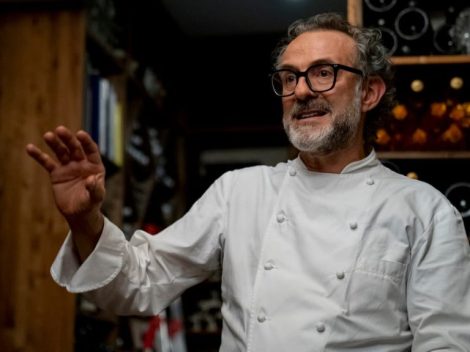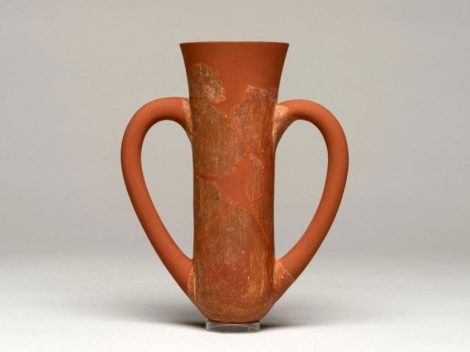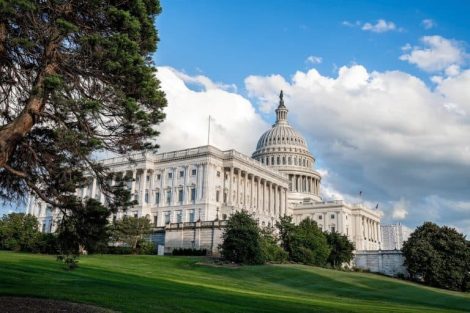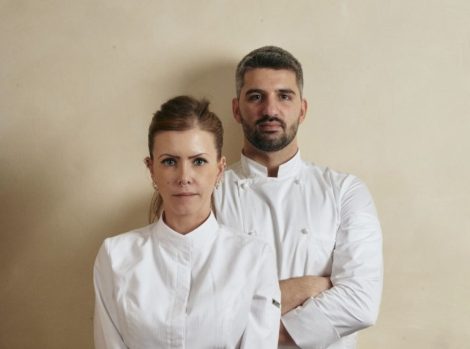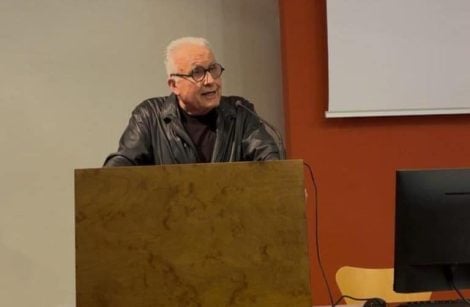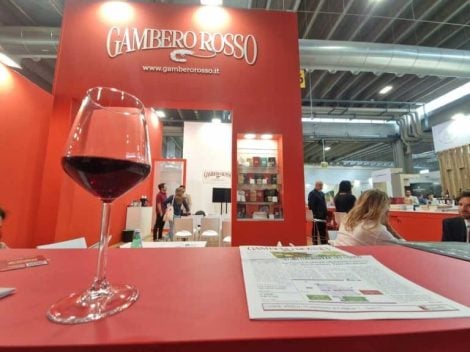Opening in Rome is a hotel designed by Luca Guadagnino. The director of Challengers and Call Me by Your Name is now blending his cinema career with a second life as a designer, fuelled by his passion for the world of hospitality. While his patronage of gourmet restaurants is well known, his work as an interior designer is perhaps less so: he designed the Aesop stores in both Rome and London, two vastly different spaces that interpret the spirit of their locales while shunning standardisation, through attention to detail and the development of an aesthetic that becomes content. Today, studiolucaguadagnino, founded by the director in 2017, fully embraces the hospitality world, signing a brand-new 5-star hotel in the heart of Rome, part of the Small Luxury Hotels of The World: Palazzo Talìa. Talìa symbolises abundance and prosperity, and also serves as the muse for the comedy and light poetry found in the hotel's frescoes and artworks. Here, an intimate concept of hospitality is cultivated, where light plays a central role in constructing refined and intellectual comfort, all within a majestic space that is lightened and interpreted with simplicity.
The design of Palazzo Talìa
Occupying the spaces once belonging to the Collegio Nazareno, Rome’s oldest school, the hotel boasts 26 rooms and suites. Established in the seventeenth century in a building that housed saints and intellectuals, it saw the passage of Napoleon's troops and the German occupation during World War II. Directors, actors, politicians, and famous names from both yesterday and today studied here. Closed in the early 2000s and subject to extensive conservation, it now reopens as a hotel, continuing the project of the Federici Group, which aimed to maintain the uniqueness of these spaces. Starting from the large wooden door and ancient sign, immediate reminders of this place’s past, the hotel features new and original space arrangements: "It lacks the constraints of hotel chains and does not present standardized luxury. On the contrary, it's highly distinctive, with a recognizable style and personal touch. A palace with a syncretism of three centuries of history, yet also radiating contemporary relevance," explains Elia.
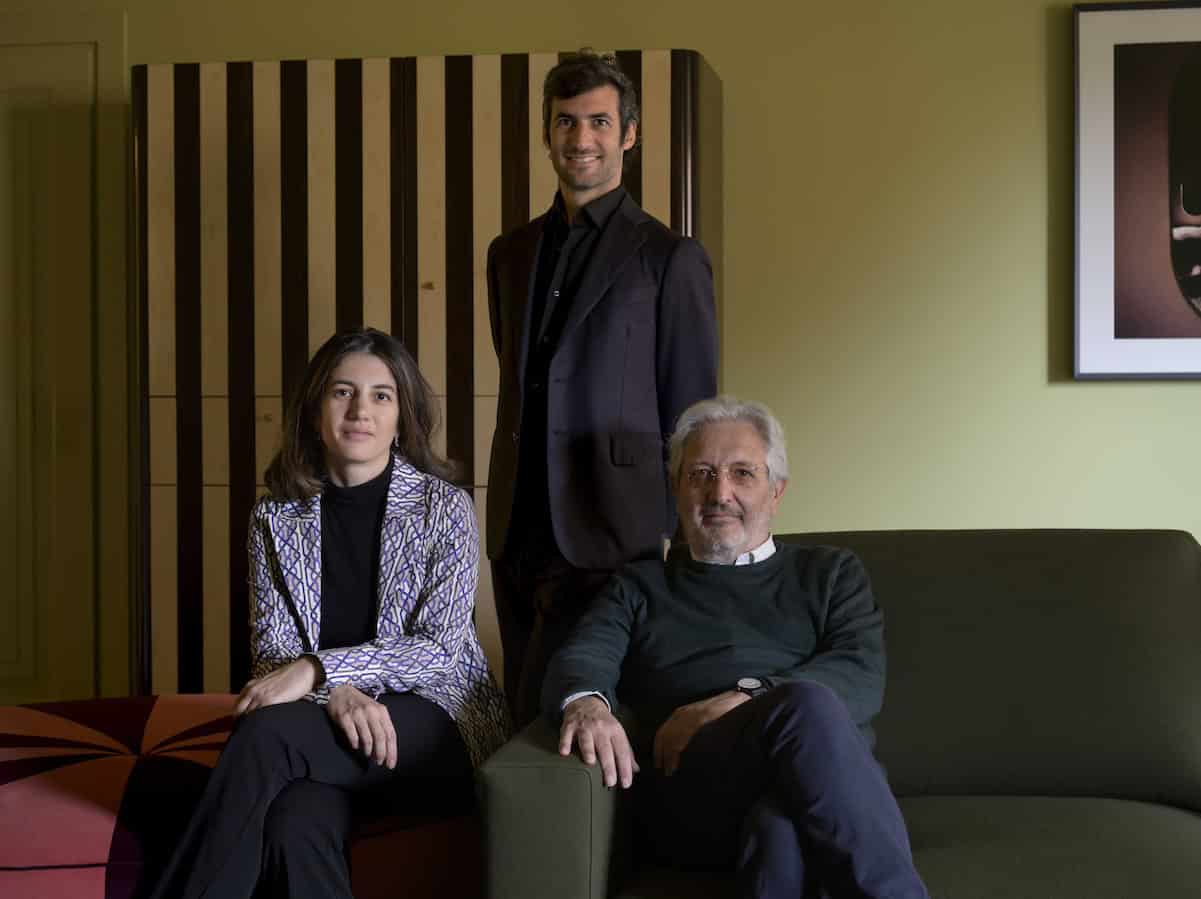
Federici's Family
Federici, the project's soul
The meeting of elements from different epochs serves as the starting point for an original design, incorporating Roman-era works from the first and second centuries, heritage from the Collegio such as Gaspare Serenari's Statue of Menade in the lobby, objects from historical and emerging designers, contemporary details, all custom-designed for this setting, fully showcasing the value of craftsmanship. Much of the furnishings, finishes, accessories, and design objects have been specially designed, including the linings, wellness areas, and Nigel Peake's scenic carpet, reflecting the hotel's identity in shades of pink, red, and burgundy.
It's a study in precise chromatics, with an eclectic, intense result, "a balanced decorative synthesis," states Pablo Molezum, project manager at studiolucaguadagnino, who explains: "The most exciting aspect was considering how to intervene in a place so steeped in history and clothe it in a completely different, tailor-made guise, to give the palace a new lease of life." A new identity oscillating between public and private, embodying the intimacy an hotel should convey to its guests. The relationship between space and the people inhabiting it is the project's central focus, how this dynamic changes over time, throughout the day or the various seasons, depending on who occupies it and their actions.
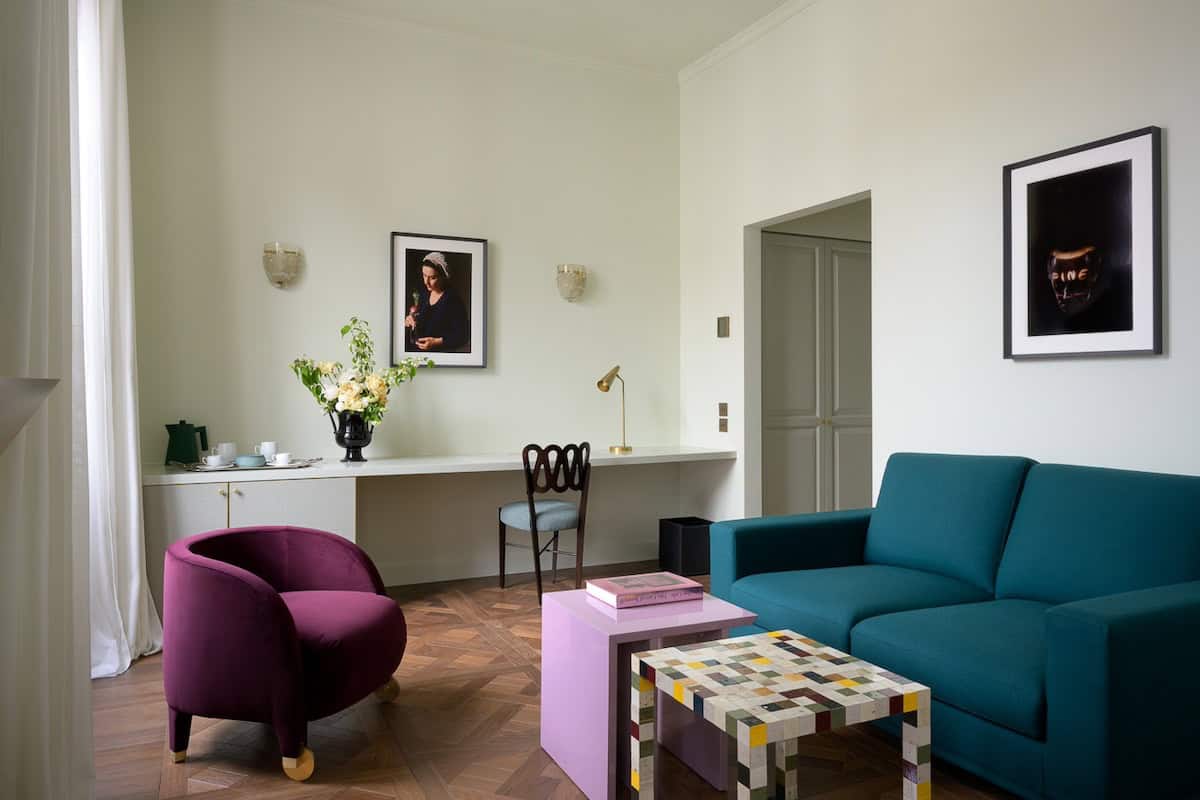
Three designers for a hotel
Studiolucaguadagnino has designed the common spaces – restaurant, bar, lobby, and the main floor's immense Aula Magna with eighteenth-century frescoes by Gaspare Serenari – as well as a single room, the Terrace Suite on the top floor, featuring a fireplace and peach wood paneling, soft colors, and a 66-square-meter outdoor space overlooking the inner courtyard, an urban green lounge curated by landscaper Blu Mambor. The remaining 25 rooms and common spaces on the first and second floors were designed by architects Marianna Lubrano Lavadera of Mia Home Design Gallery and Laura Feroldi of Laura Feroldi Studio, each creating unique, spacious, welcoming environments with traditional design objects reinterpreted in a contemporary manner. At the heart of everything lies a prolific dialogue between old and new, incorporating new elements and architectural stratifications left by history in these spaces.
Tramae at Palazzo Talìa. The grand culinary tour
On the ground floor is Tramae restaurant, led by chef Marco Coppola, offering an overview of Italian tradition, creating an itinerary of Italy’s most famous dishes, and the Federici family's favorites: from the bone-in Milanese to veal with tuna, to spaghetti alla Nerano. Not to mention, some Roman classics revisited with measured creativity: ravioli with oxtail or fillet mille-feuille with artichokes or potatoes, or even breaded calamari rings or arzilla soup, in season. The raw materials – vegetables, legumes, but also meats, oil, honey – come from Solaria Azienda Agricola Boccea: 270 hectares, 40 minutes from the center of Rome, owned by the Federici family, part of the hospitality project for green experiences, as will be Villa Pepoli shortly, with its vineyard in the center of Rome, above the Baths of Caracalla, where wine was already produced for the Vatican during the Grand Tour, replanted in 2018 with six varieties of Cabernet Sauvignon, producing about 10,000 bottles annually, soon available to the hotel.
Hotel Talìa - Roma - largo del Nazareno, 25 - 06 692521 - www.palazzotalia.com/it/

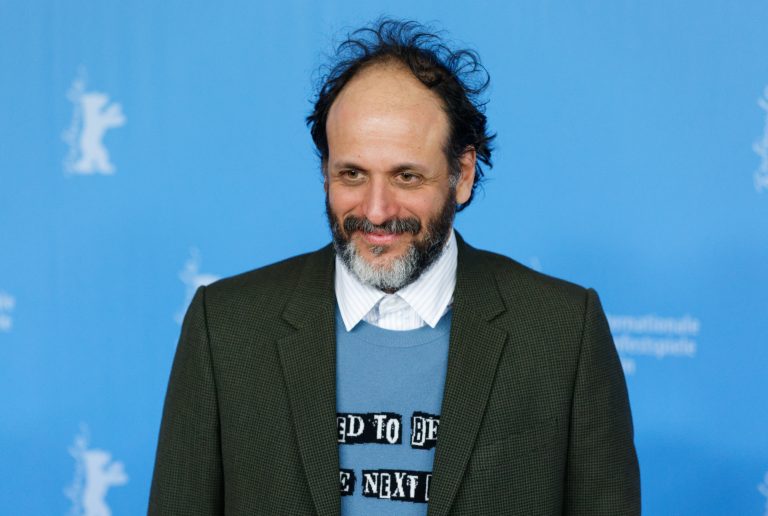
 US tariffs: here are the Italian wines most at risk, from Pinot Grigio to Chianti Classico
US tariffs: here are the Italian wines most at risk, from Pinot Grigio to Chianti Classico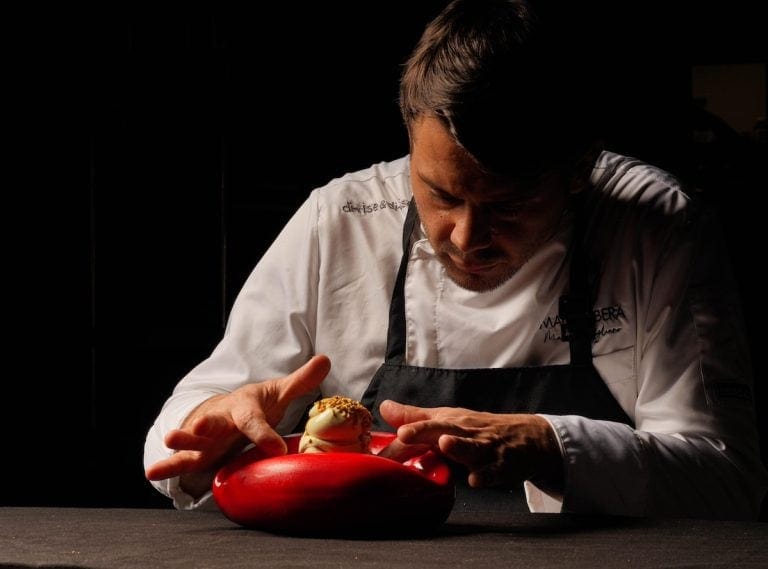 "With U.S. tariffs, buffalo mozzarella will cost almost double. We're ruined." The outburst of an Italian chef in Miami
"With U.S. tariffs, buffalo mozzarella will cost almost double. We're ruined." The outburst of an Italian chef in Miami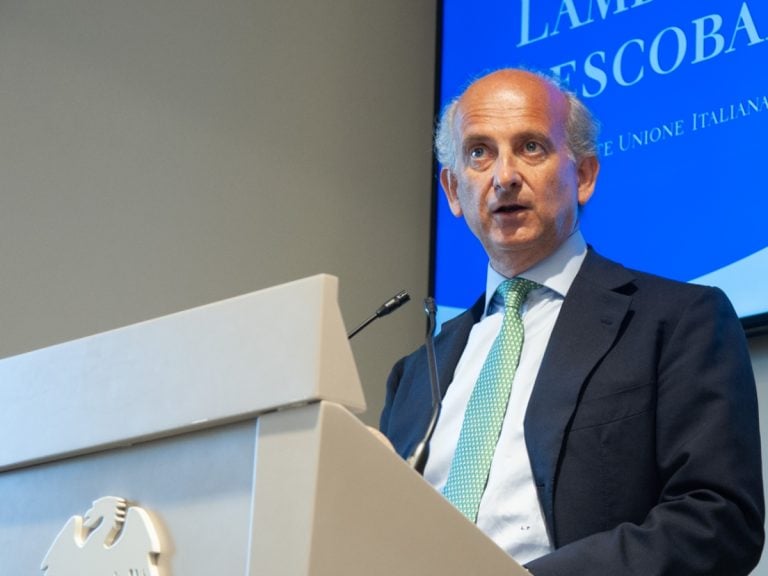 "With US tariffs, extremely high risk for Italian wine: strike deals with buyers immediately to absorb extra costs." UIV’s proposal
"With US tariffs, extremely high risk for Italian wine: strike deals with buyers immediately to absorb extra costs." UIV’s proposal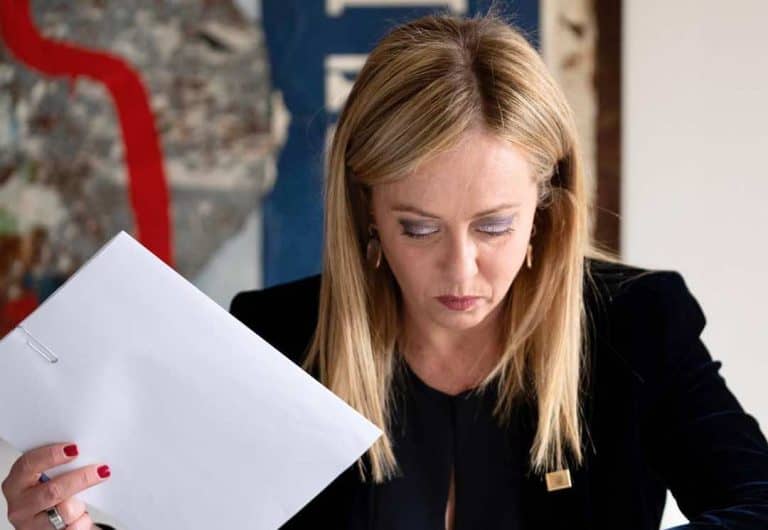 Meloni: "Tariffs? If necessary, there will be consequences. Heavy impact on agri-food sector"
Meloni: "Tariffs? If necessary, there will be consequences. Heavy impact on agri-food sector"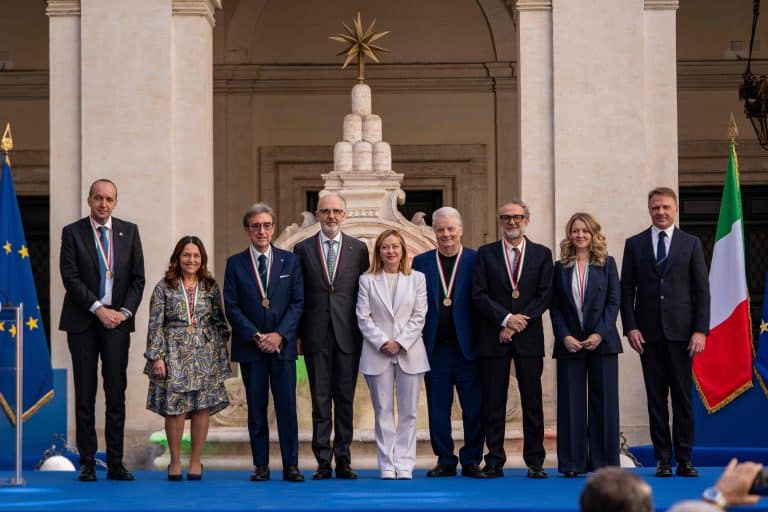 The Government honours the greats of Italian cuisine, from Bottura to Pepe. Massari: "Thank you, Meloni, the only one who listened to us"
The Government honours the greats of Italian cuisine, from Bottura to Pepe. Massari: "Thank you, Meloni, the only one who listened to us"